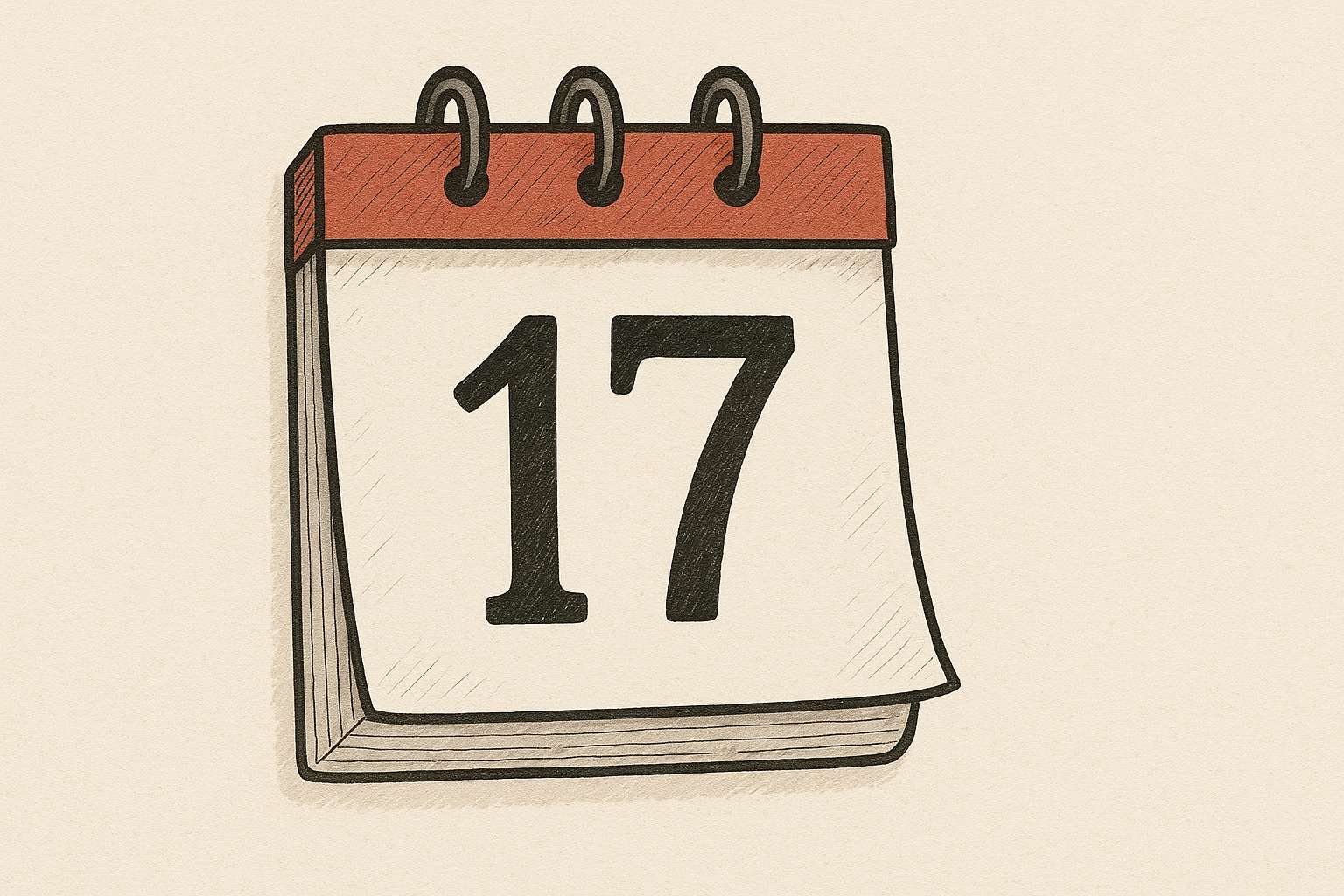Among the thousands of emojis we use every day, there’s one that holds a special place — the 📅 calendar emoji. At first glance, it looks simple — just a page with a date. But behind that little icon lies an interesting story, cultural meaning, and even a holiday of its own. Thanks to this emoji, the world celebrates World Emoji Day every year — on July 17, a date that has become part of digital history.
In this article, we’ll explore how the calendar emoji came to be, what it symbolizes, how people use it in messages, social media, and marketing — plus a few fun facts and thoughts about its future.
📅 1. What Is the Calendar Emoji?
The 📅 calendar emoji belongs to the “Objects” category in Unicode. It usually shows a page from a wall or desk calendar with a visible date — July 17. That date isn’t random; it has deeper symbolic and historical roots.
Different platforms may render the emoji in slightly different ways — changing the shape, colors, or font — but the number 17 and the month of July remain constant. That consistency makes it unique: most other emojis don’t feature a fixed date.
Officially classified as “Calendar Emoji” by Unicode, 📅 represents time organization, planning, scheduling, and events.
2. The History Behind the Calendar Emoji
The calendar emoji was added to the Unicode Standard in 2010 (Unicode 6.0), when emojis first became part of a unified global set of symbols that transcended language and culture.
Its creation was simple and practical — people needed a visual cue for time-related concepts like meetings, deadlines, or important dates. The emoji was born as part of the digital shift toward visual communication — expressing time not just with words but with symbols.
The July 17 date was inspired by one major operating system’s original calendar app. When the app was first introduced, its icon displayed the date of launch — July 17. That image became part of the emoji’s design and has stayed ever since.
Over time, users began associating that date with emoji culture itself, and World Emoji Day was born — celebrated every July 17 with online events, social media posts, and creative campaigns around the world.
3. The Meaning of 📅 in Different Contexts
At its core, the calendar emoji stands for “date,” “plan,” “meeting,” or “event.” It’s used to highlight an upcoming occasion, a reminder, or a special day.
Examples:
“Don’t forget our meeting 📅”
“Deadline tomorrow 📅”
“Getting ready for the party 🎉📅”
In business contexts, 📅 represents time management or scheduling, while in personal messages, it often means anticipation or preparation for something pleasant.
Cultural nuances exist too — in Western contexts it’s often tied to work or events, while in Eastern cultures it may evoke family gatherings or holidays.
Emotionally, 📅 conveys expectation, focus, or planning energy — it’s more than just a neutral date marker.
4. How the Calendar Emoji Is Used
People use 📅 in countless ways — from everyday chats to professional posts.
Here are a few common examples:
Everyday communication
Used as a reminder for meetings, plans, or events:
“See you Friday 📅” or “Meeting at 2:00 — don’t forget 📅.”Social media
Appears in event announcements, countdown posts, and reminders. It visually separates the date, making posts more eye-catching.Marketing
Perfect for highlighting sales, openings, or seasonal events. It adds urgency and clarity:
“Book your visit now 📅” or “Only 3 days left 📅.”Digital planners and apps
Many platforms use 📅 as a visual tag for upcoming tasks or events — adding a friendly, recognizable touch.
Overall, 📅 has become a universal digital shorthand for time and organization.
5. Fun Facts
July 17 = World Emoji Day
Thanks to 📅, this date became the official celebration of emojis worldwide. Social media lights up with emoji-related posts and campaigns each year.You can’t change the date
The number 17 is part of the emoji’s graphic design, locked into the Unicode standard. It’s not user-editable.Similar but different
📅 — standard calendar with a specific date
🗓️ — tear-off calendar symbolizing the passage of time
📆 — desk calendar, often associated with office planning
Each has its own subtle nuance, but they all relate to time.The look evolves, the meaning doesn’t
Though platforms may tweak colors or shapes, the concept stays the same: a visual representation of a date, plan, or event.
6. The Future of the Calendar Emoji
As operating systems evolve, the calendar emoji continues to get stylistic updates — crisper, flatter, or more 3D — but July 17 remains a timeless anchor.
In the future, it’s easy to imagine personalized or dynamic versions — where users could choose their own date (birthday, anniversary, etc.).
Designers have even proposed “live emojis” that update automatically to show today’s date — making 📅 truly interactive.
Conclusion
The 📅 emoji isn’t just a small icon with “July 17” on it. It’s a symbol of time, memory, and organization — a tiny bridge connecting paper calendars to digital planners, past to future.
It reminds us that even in the fast-paced world of instant messages, every day still matters — and that sometimes, a simple emoji can mark moments worth remembering.
